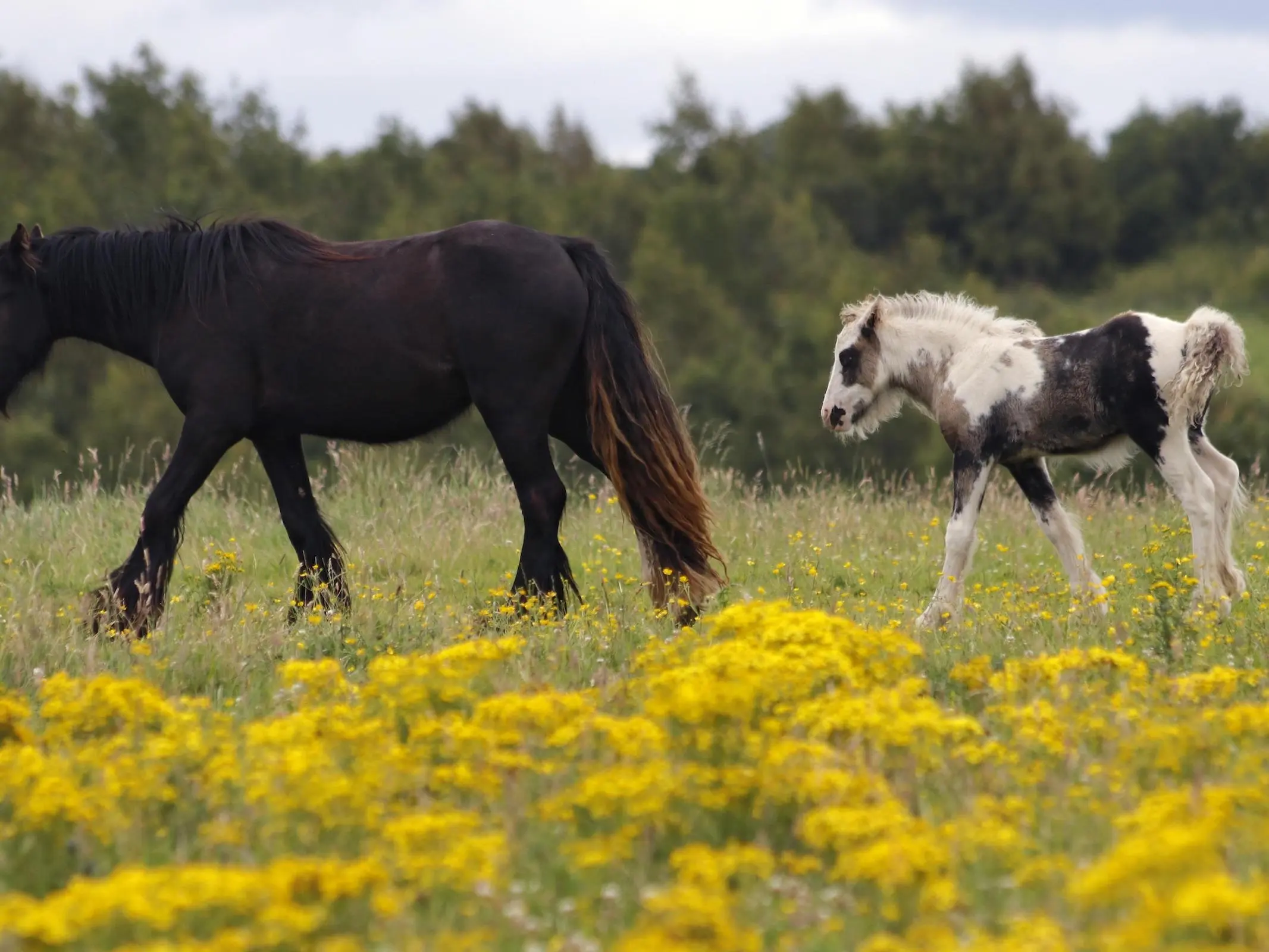Quite similar and hard to distinguish from chimera animals, somatic mutations express a similar look, but are different with regards to genetics. Somatic mutations come from a gene that is accidentally switched ‘off’ during pregnancy and expressed in random patches of color. The result is called a mosaic.
Another Pretty Mutant
Like chimeras, somatic mutations are not caused by DNA found in reproductive cells, as they occur after conception. Chimeras are the result of two organisms (twin embryos) fused and mosaic animals started as one individual. The name mosaic indicates that while a portion of the animal has different DNA, it began as a single organism. The term somatic means ‘of the body’ and indicates that the mutation occurred somewhere in the body. Somatic mutations come from a cell within the embryo mutating and continuing to divide, resulting in an animal with two different sets of genetic instructions.
Spotting a Moasic
The visual difference seems to be that with a chimera, while it has stark contrasts in color, the different coloring looks more natural (for lack of a better word). The edges are cleaner, whereas a mosaic looks like a bit more like a messy mistake. As it’s a mutation, mosaics can likely be found in any breed, anywhere. Unless, of course, there are environmental factors that cause this mutation in pregnant mares.
Example Notes
We consider ourselves fortunate to have found so many images of what we hope are mosaic animals. The first two images are the same colt, luckily we were able to find both sides of him. We’ve not seen an example of mane striping in mosaics, but aren’t sure how else to categorize the bay pony’s creamy stripe. It’s not white, so isn’t likely to come from any of the white patterns. The cream pinto with a dark face could be dun fighting with cream (and tobiano) for face territory, as there is a dark stripe in the tail. Several of the animals pictured might simply have a sooty gene, which causes dark hairs to grow along the topline. However sooty seems to have softer edges and look more like shading, most of these look like messy mistakes (which is essentially what a moasic is). The light-maned chestnut also has birdcatcher spots, which is interesting.

















